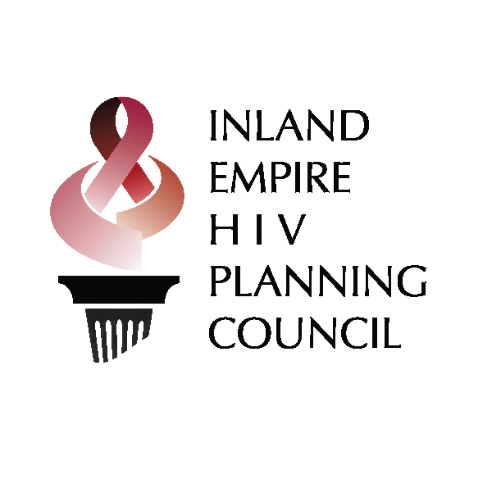HIV and Aging: The New Reality of Long-Term Survivorship
HIV and Aging: The New Reality of Long-Term Survivorship
By Rafael Gonzalez, Inland Empire HIV Planning Council
As medical advancements continue to improve the health outcomes of people living with HIV, a significant demographic shift is occurring across the country—and here in the Inland Empire. Today, more than half of people living with HIV in the United States are aged 50 or older. In fact, it’s projected that by 2030, that number could rise to over 70%. This trend marks an incredible triumph of science and treatment, but it also brings forth new challenges that demand our attention.
Living Longer—and Differently
Thanks to the effectiveness of antiretroviral therapy (ART), people diagnosed with HIV today can expect to live near-normal lifespans. However, aging with HIV is not the same as aging without it. Many long-term survivors face higher risks of age-related health conditions such as:
Cardiovascular disease
Liver and kidney dysfunction
Bone density loss (osteoporosis)
Cognitive decline
Certain cancers
What’s more, these issues often emerge earlier in people living with HIV than in the general aging population. HIV-related inflammation, co-infections (like hepatitis), and long-term medication use contribute to this accelerated aging process.
Addressing the Unique Needs of Older Adults with HIV
In the Inland Empire, where access to specialty care and support services can be limited—especially in rural and underserved areas—our older HIV-positive population faces added barriers. Social isolation, stigma, fixed incomes, and transportation challenges often exacerbate the health disparities already present.
It is crucial that HIV care providers and community partners work together to integrate aging services into HIV care and vice versa. This means:
Coordinating care across specialties (HIV, geriatric, behavioral health)
Offering services that address mental health and social support
Expanding access to oral, vision, and hearing care
Educating aging service providers about HIV and stigma
Advocating for culturally competent care that respects the lived experiences of long-term survivors
Planning Council’s Role
As planners and advocates, the Inland Empire HIV Planning Council is committed to centering the voices of older adults in all aspects of service planning and funding. We know that a one-size-fits-all approach doesn’t work. During our recent Priority Setting and Resource Allocation Summit, we heard from older consumers about the importance of improving transportation options, increasing provider training, and addressing age-specific care gaps.
The needs of people aging with HIV must be part of the conversation—from clinic waiting rooms to policymaking tables.
Moving Forward
Aging with HIV is no longer rare—it’s the new normal. Let us honor the resilience of long-term survivors by ensuring they are not only living longer, but living well.
If you or someone you know is over 50 and living with HIV, the Planning Council wants to hear from you. Your experience can help shape the future of care in Riverside and San Bernardino Counties.
